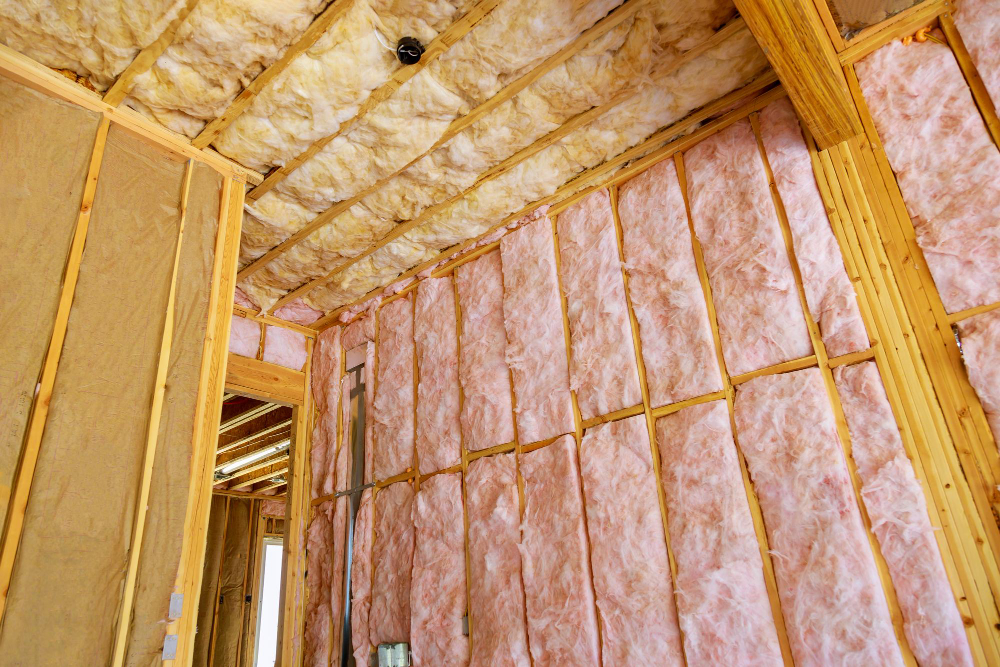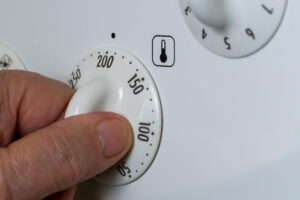10 Best Home Improvement Projects for Improving Energy Efficiency
Last updated on March 10th, 2024 at 08:14 pm
Your home is your biggest investment. So, investing in it almost always makes sense. What are some of the best home improvement projects for improving the energy efficiency of your home? And which of these can you do yourself?
The Best Home Improvement Projects
Insulation Upgrades: Adding or improving insulation in your home’s attic, walls, floors, and crawl spaces can help prevent heat loss in the winter and heat gain in the summer. Proper insulation keeps your home more comfortable year-round and reduces the workload on heating and cooling systems.
Air Sealing: Seal air leaks around windows, doors, vents, and other openings to prevent conditioned air from escaping and outdoor air from infiltrating your home. Air sealing helps maintain consistent indoor temperatures and improves energy efficiency.
Upgrading Windows and Doors: Install energy-efficient windows and doors with high-quality seals, low-emissivity coatings, and multiple panes of glass to reduce heat transfer and improve insulation. Energy-efficient windows and doors can help keep your home comfortable while lowering heating and cooling costs.
HVAC System Upgrades: Upgrade to energy-efficient heating, ventilation, and air conditioning (HVAC) systems, such as furnaces, boilers, heat pumps, and air conditioners. ENERGY STAR-certified HVAC equipment operates more efficiently and can significantly reduce energy consumption and utility bills.
Programmable Thermostat: Install a programmable thermostat or smart thermostat to optimize heating and cooling settings based on your schedule and preferences. Programmable thermostats help reduce energy waste by automatically adjusting temperatures when you’re asleep or away from home.
Energy-Efficient Lighting: Replace traditional incandescent bulbs with energy-efficient LED or CFL bulbs throughout your home. LED and CFL bulbs use less energy, last longer, and produce less heat, resulting in lower energy bills and reduced cooling loads.
Sealing and Insulating Ductwork: Seal and insulate ductwork in unconditioned spaces such as attics, crawl spaces, and basements to prevent energy loss during air distribution. Properly sealed and insulated ducts help improve HVAC system efficiency and indoor comfort.
Energy-Efficient Appliances: Upgrade to ENERGY STAR-certified appliances, including refrigerators, dishwashers, washing machines, and dryers. ENERGY STAR appliances are designed to use less energy and water, leading to lower utility bills and reduced environmental impact.
Renewable Energy Systems: Consider installing renewable energy systems such as solar panels, wind turbines, or geothermal heat pumps to generate clean, sustainable energy for your home. Renewable energy systems can help offset electricity consumption and further reduce energy costs over time.
Home Energy Audit: Schedule a professional home energy audit to identify areas of energy waste and prioritize energy-saving improvements. A comprehensive energy audit can help you understand your home’s energy usage patterns and make informed decisions about energy-efficient upgrades.
Home Improvement Projects for the Do It Yourselfer
Many energy efficiency home improvement projects can be done by hand as do-it-yourself (DIY) projects, depending on your level of skill and comfort with home maintenance tasks. Here are some energy efficiency projects that are well-suited for DIY.
Air Sealing: Sealing air leaks around windows, doors, vents, and other openings can be done by applying weatherstripping, caulking, or foam sealant. These materials are readily available at hardware stores, and the process typically involves simple application techniques, and make for one of the simplest home improvement projects out there.
Insulation Upgrades: Adding insulation to your home’s attic, walls, floors, and crawl spaces can often be done as a DIY project. Loose-fill insulation, fiberglass batts, and foam board insulation are commonly used materials that can be installed with basic tools and proper safety precautions.
Installing Energy-Efficient Lighting: When it comes to energy efficiency home improvement projects, this one is probably the easiest. Replacing traditional incandescent bulbs with energy-efficient LED or CFL bulbs is a straightforward DIY project that requires no special skills. Simply purchase compatible bulbs and screw them into existing light fixtures.
Sealing and Insulating Ductwork: Sealing and insulating ductwork in unconditioned spaces can be done by DIY enthusiasts with basic tools and materials such as duct mastic, foil tape, and insulation sleeves. Properly sealing and insulating ducts helps improve HVAC system efficiency and indoor comfort.
Installing Programmable Thermostat: Installing a programmable thermostat or smart thermostat is typically within the capabilities of a DIY homeowner. Follow the manufacturer’s instructions carefully, and ensure the thermostat is compatible with your heating and cooling system.
Weatherstripping Windows and Doors: Adding weatherstripping to windows and doors to seal gaps and prevent air leaks is a simple DIY project. Self-adhesive weatherstripping strips can be cut to size and applied to the edges of windows and doors to improve energy efficiency. This is another one of those easy home improvement projects that anyone can do.
Window Treatments: Installing insulating window treatments such as thermal curtains or cellular shades can help reduce heat loss in winter and heat gain in summer. Hanging curtains or shades is a relatively easy DIY task that can be done with basic tools.
Energy-Efficient Appliance Upgrades: While installing some new appliances may require some technical knowledge, swapping out old appliances with ENERGY STAR-certified models is generally straightforward. Follow the manufacturer’s instructions for installation and ensure proper ventilation and connections.



